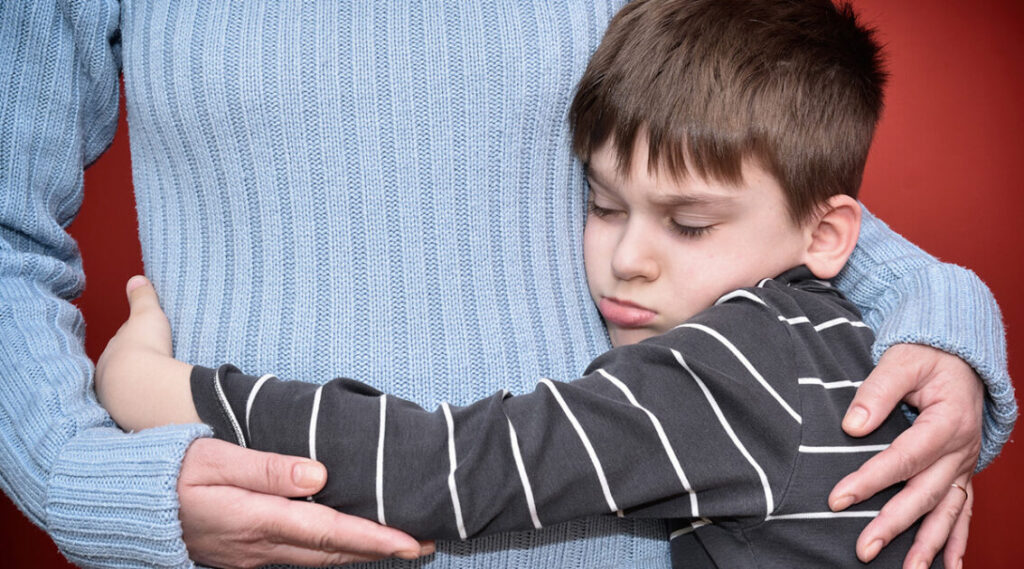
How to deal with separation anxiety in children
April 3, 2024
Dealing with separation anxiety in children can be challenging for both children and parents, but there are several strategies you can use to help ease the transition and support your child through this emotional process:
- Establish a consistent goodbye routine: Create a consistent and reassuring goodbye ritual that helps your child feel safe and secure when you leave. Keep the goodbye short, calm, and positive, and reassure your child that you will return.
- Practice short separations: Gradually introduce short separations from your child in a safe and familiar environment, such as leaving them with a trusted caregiver or family member for brief periods. Start with short separations and gradually increase the duration as your child becomes more comfortable.
- Provide reassurance: Offer verbal and physical reassurance to your child that you will return and that they are safe and loved. Use phrases like “I’ll be back soon” and “I love you” to reassure your child and reinforce your connection with them.
- Stay calm and confident: Children often pick up on their parents’ emotions, so it’s important to stay calm and confident when saying goodbye. Maintain a positive attitude and demeanor, even if your child becomes upset, and avoid prolonging the goodbye or showing signs of anxiety yourself.
- Offer comfort objects: Allow your child to bring a comfort object, such as a favorite toy or blanket, with them when you separate. Having a familiar object can provide comfort and security during times of separation.
- Stay connected: Stay connected with your child throughout the day by sending them messages, photos, or videos to let them know you’re thinking of them. Reassure them that you’re just a phone call away if they need you.
- Encourage independence: Encourage your child to engage in activities and play independently, both at home and in social settings. Building confidence and independence can help reduce anxiety and increase resilience when facing separation.
- Validate their feelings: Acknowledge and validate your child’s feelings of anxiety and sadness about being separated from you. Let them know that it’s okay to feel scared or upset and that you understand how they’re feeling.
- Seek support: Reach out to other parents, teachers, or childcare providers for support and advice on dealing with separation anxiety. Sharing experiences and strategies with others who have been through similar situations can be helpful and reassuring.
- Be patient and consistent: Dealing with separation anxiety takes time and patience, so be consistent in your approach and give your child plenty of time and space to adjust. With time and support, most children gradually outgrow separation anxiety and become more confident and comfortable with separations.
Conclusion
In conclusion, dealing with separation anxiety in children requires patience, understanding, and consistent effort. It’s important to recognize that both the individual experiencing separation anxiety and their loved ones may face challenges along the way. By implementing a combination of supportive strategies such as gradually exposing oneself to separations, establishing reassuring routines, seeking professional guidance when needed, and fostering a supportive environment, it is possible to manage and alleviate separation anxiety symptoms effectively.


